According to Mr. Le Van Hoa - Deputy Director of the Department of Culture, Sports and Tourism, the workshop "Cultural and historical values of Dien Khanh Temple of Literature" will focus on evaluating the typical and outstanding tangible and intangible cultural values of Dien Khanh Temple of Literature in the historical process of formation and development. In particular, focusing on the historical and architectural values; the role of the relic in educating , disseminating knowledge, and honoring the morality of Khanh Hoa people. The workshop will contribute to orienting the work of preserving and promoting the value of cultural heritage, improving the spiritual and cultural life of the local community and attracting tourists.
 |
| Panoramic view of the national relic Dien Khanh Temple of Literature. |
Dien Khanh Temple of Literature was built on a high land with an area of nearly 17,700m2 , in Dien Khanh commune to worship Confucius and his four excellent students and ten people who made many contributions to Confucianism. According to some recorded documents, in 1803, King Gia Long issued an edict to establish the Temple of Literature at Binh Hoa Palace ( Khanh Hoa province today). In the 6th year of Tu Duc (1853), Dien Khanh Temple of Literature was rebuilt on a large scale. Dien Khanh Temple of Literature has a fairly square campus, in front of which is a stele house; in the middle is a high and wide front hall and main hall, made of wood with brick walls; the pillars and beams are carved with beautiful, majestic gilded lacquer. Between the stele house and the main hall is a fairly large brick yard, on both sides are two rows of houses, the left and right. On the left side of the mountain range, there is also a beautifully decorated mandarin's house, often used as a temporary residence for guests during ceremonies. To the west of the Temple of Literature, there is a small temple called Khai Mieu, worshiping Khai Thanh Cong Luong Ngoc and Mrs. Nhan Thi Trung Tai, the father and mother of Confucius.
Dien Khanh Temple of Literature is a rare provincial-level Temple of Literature that still exists in the South Central region and was ranked as a National Historical-Cultural Relic by the Ministry of Culture and Information (now the Ministry of Culture, Sports and Tourism) on October 15, 1998. The Temple of Literature is a unique relic system in the treasure trove of Vietnam's cultural heritage. This is the place to worship Confucius - who is considered the "Master of all generations", the founder of Confucianism. In feudal times, Confucianism was considered the national religion, Chinese characters were considered "the writings of the sages" and were used in examinations to select talented people to help the country. During the Nguyen Dynasty, a system of schools at all levels was built throughout the country to serve Confucianism. At the provincial level, there was a Temple of Literature or Temple of Literature; at the prefecture and district levels, there was a Temple of Literature.
Every year, at Dien Khanh Temple of Literature, a ceremony is held to celebrate the birthday and death anniversary of Confucius. The ceremony is usually held solemnly with traditional rituals with the participation of many guests, highly educated people and people in the area. Nowadays, every time the Confucius ceremony takes place, there is also an activity of awarding prizes to studious and good students to encourage and motivate the spirit of learning.
Dien Khanh Temple of Literature is also a tourist attraction for students in the province. Every student who comes here can directly listen to stories, see artifacts, images, especially the stele engraved with the names of those who studied and passed the feudal examinations such as: Nguyen Khanh, Le Thien Ke, Le Nghi, Le Viet Tao, Nguyen Luong... Those who became famous generals in the Can Vuong movement against the French colonialists invading Khanh Hoa. During the August Revolution of 1945, Dien Khanh Temple of Literature was a military training place for young people and a place to gather food and provisions to provide for soldiers fighting on the Nha Trang front. During the anti-American resistance war, this place was a contact and stopping point for revolutionary soldiers from the base when going down to the plains.
Dien Khanh Temple of Literature holds many great cultural and historical values, but the promotion of the value of the relic still has limitations. We believe that through this workshop, new directions and approaches will be opened up so that Dien Khanh Temple of Literature can be increasingly promoted and introduced more widely.
FAMILY
Source: https://baokhanhhoa.vn/van-hoa/202510/noi-ton-vinh-dao-hoc-xu-tram-huong-0d954bf/


![[Photo] Opening of the World Cultural Festival in Hanoi](https://vphoto.vietnam.vn/thumb/1200x675/vietnam/resource/IMAGE/2025/10/10/1760113426728_ndo_br_lehoi-khaimac-jpg.webp)

![[Photo] Ho Chi Minh City is brilliant with flags and flowers on the eve of the 1st Party Congress, term 2025-2030](https://vphoto.vietnam.vn/thumb/1200x675/vietnam/resource/IMAGE/2025/10/10/1760102923219_ndo_br_thiet-ke-chua-co-ten-43-png.webp)
![[Photo] Unique Phu Gia horse hat weaving craft](https://vphoto.vietnam.vn/thumb/1200x675/vietnam/resource/IMAGE/2025/10/10/1760084018320_ndo_br_01-jpg.webp)







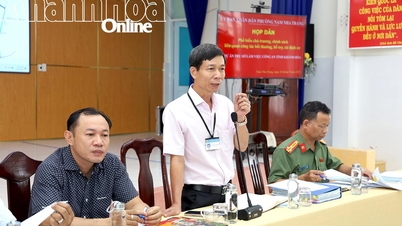






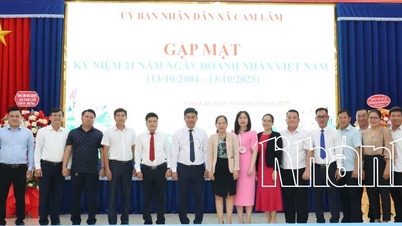

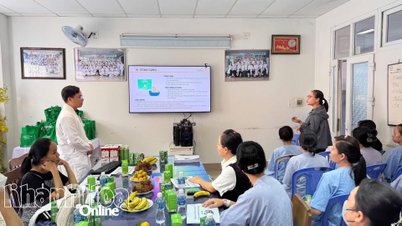

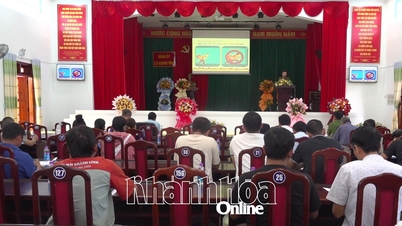






















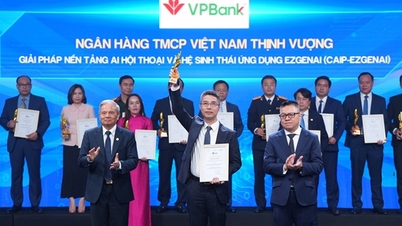












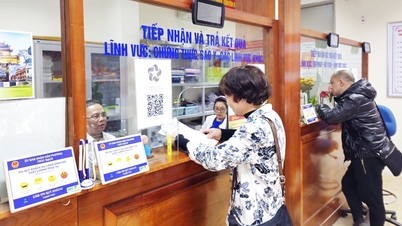





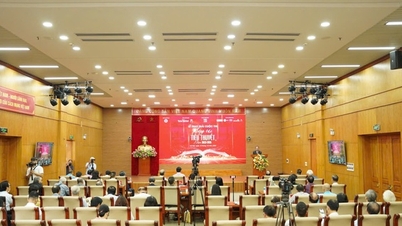
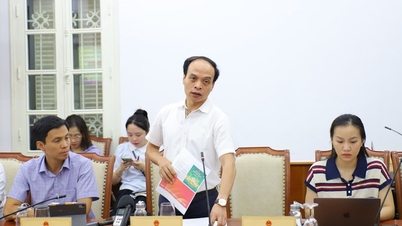





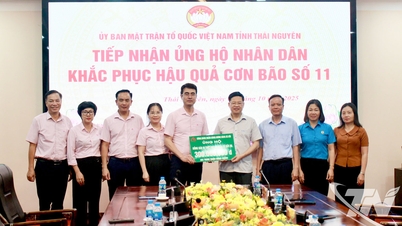

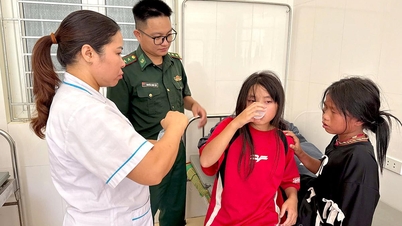

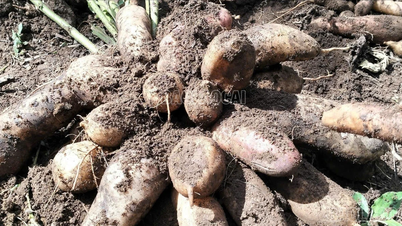

















Comment (0)